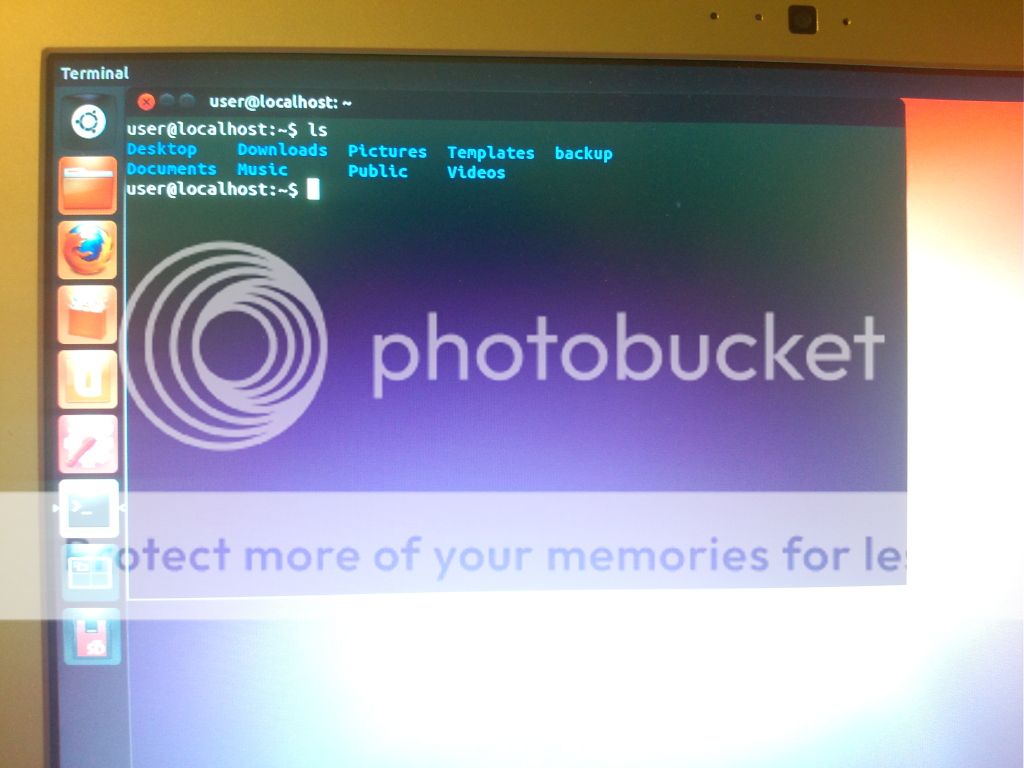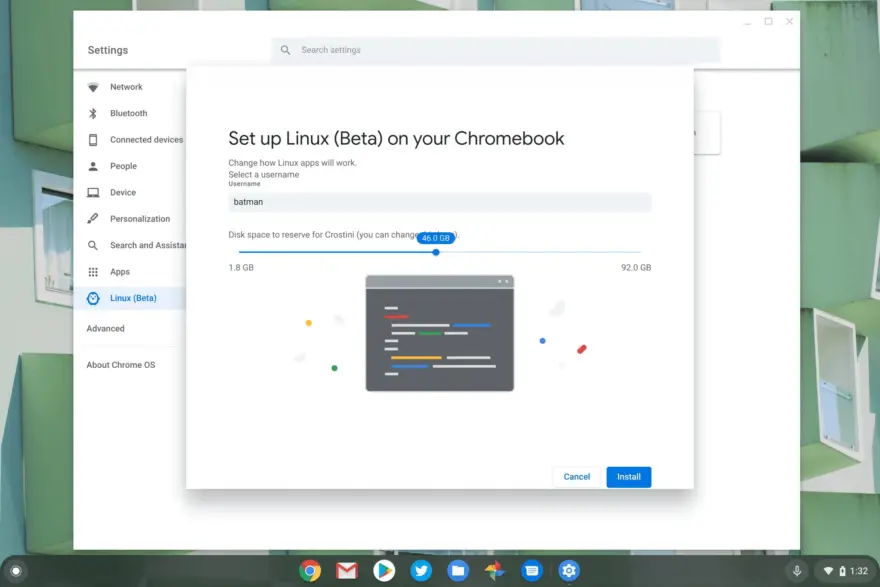


In order to use it: Using Terminal can be intimidating, but this process is just a few easy commands

The small utility is a free download from GitHub. Press Control-D to boot into developer mode.Ĭonverting to Developer Mode will wipe the current installation and settings of Chrome OS Not Just For SaladĬrouton is an exploit written to allow a host of Linux distributions to be installed on Chrome OS without overriding the original operating system.

To enter developer mode on second-generation Chromebooks: Installing Linux on a Chromebook requires the use of the Chrome OS developer mode, an insecure booting of the platform for the purpose of higher-level access, developer programming, and other testing. Chromebooks with Intel processors may have more Linux app compatibility than those with ARM processors. Entering Developer Modeĭisclaimer: This process was completed on an HP Chromebook 11. Installing Linux requires booting into an insecure version of Chrome OS called Developer Mode. Follow the directions to make a backup.Open the Chrome browser and navigate to chrome://imageburner.Stop! Back It UpĪs with any software modification, before proceeding, you should create a Chrome OS recovery USB drive in case of malfunction or unintended outcomes. Doing so results in a near seamless side-by-side runtime environment for both this tutorial will show you how to set it up. The good news is that Chrome OS is based on Linux, and for that reason, a Chromebook’s software can easily be modified to run a full Linux environment. As the platform has progressed, some great web-based apps have come along, but there are still some holes. The shortfall of Google’s Chrome OS, and it’s Chromebook laptops, is the lack of a full-featured applications.


 0 kommentar(er)
0 kommentar(er)
